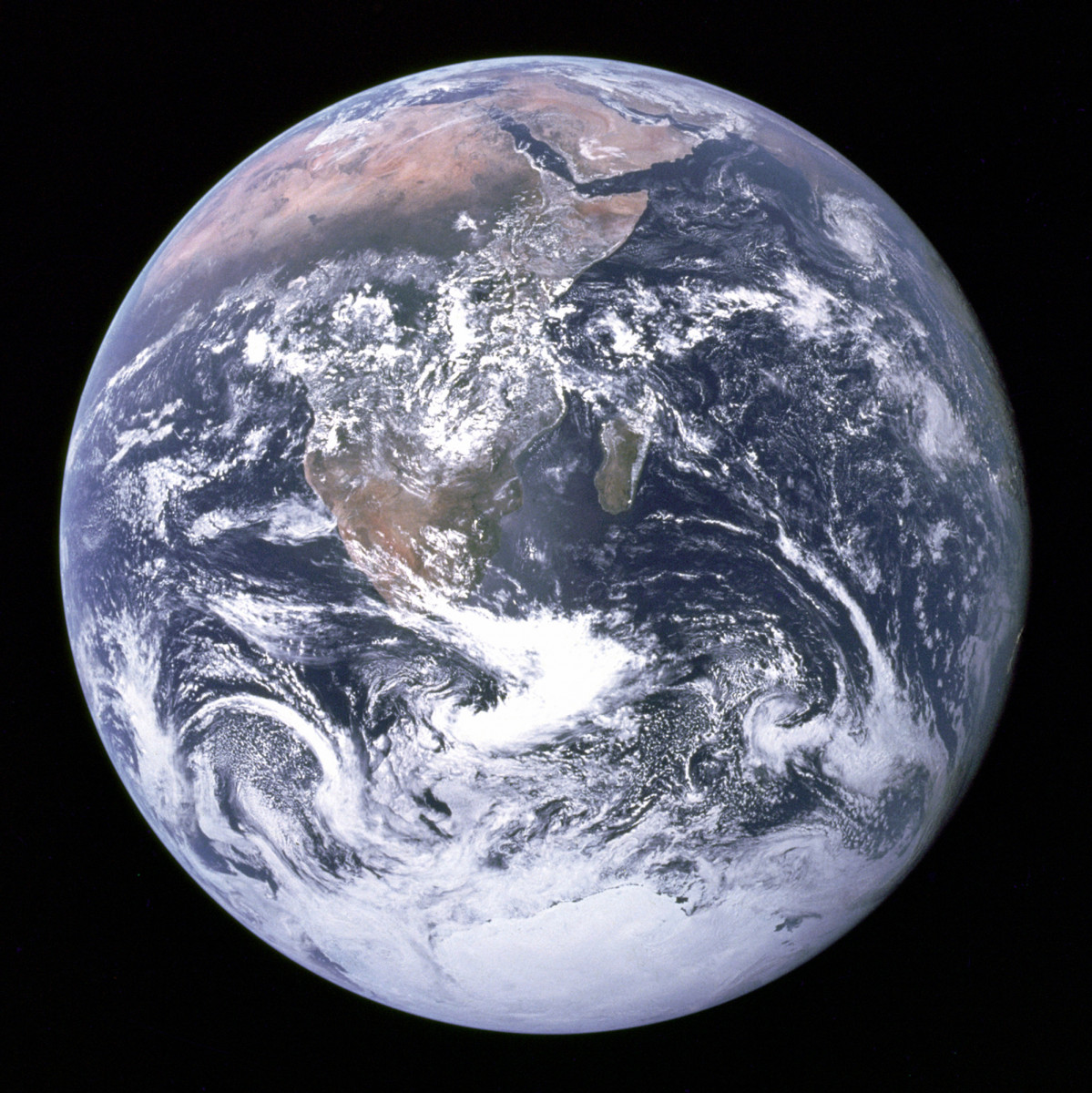Union of Concerned Scientists, World Scientists Warning to Humanity

This 1992 document was signed by 1,575 of the world’s most prominent scientists (including 99 of the 196 living Nobel laureates) and was sent to governmental leaders all over the world. The document asks people to take immediate action to stop the ever-increasing environmental degradation that threatens global life support systems on this planet. The appeal was coordinated by Dr. Henry Kendall, Nobel laureate (1990, Physics), and former Chairperson of the Union of Concerned Scientists.
Introduction
Human beings and the natural world are on a collision course. Human activities inflict harsh and often irreversible damage on the environment and on critical resources. If not checked, many of our current practices put at serious risk the future that we wish for human society and the plant and animal kingdoms, and may so alter the living world that it will be unable to sustain life in the manner that we know. Fundamental changes are urgent if we are to avoid the collision our present course will bring about.
The environment is suffering critical stress:
The Atmosphere
Stratospheric ozone depletion threatens us with enhanced ultra-violet radiation at the earth’s surface, which can be damaging or lethal to many life forms. Air pollution near ground level, and acid precipitation, are already causing widespread injury to humans, forests, and crops.
Water Resources
Heedless exploitation of depletable ground water supplies endangers food production and other essential human systems. Heavy demands on the world’s surface waters have resulted in serious shortages in some 80 countries, containing 40% of the world’s population. Pollution of rivers, lakes, and ground water further limits the supply.
Oceans
Destructive pressure on the oceans is severe, particularly in the coastal regions which produce most of the world’s food fish. The total marine catch is now at or above the estimated maximum sustainable yield. Some fisheries have already shown signs of collapse. Rivers carrying heavy burdens of eroded soil into the seas also carry industrial, municipal, agricultural, and livestock waste—some of it toxic.
Soil
Loss of soil productivity, which is causing extensive land abandonment, is a widespread byproduct of current practices in agriculture and animal husbandry. Since 1945, 11% of the earth’s vegetated surface has been degraded—an area larger than India and China combined—and per capita food production in many parts of the world is decreasing.
Forests
Tropical rain forests, as well as tropical and temperate dry forests, are being destroyed rapidly. At present rates, some critical forest types will be gone in a few years, and most of the tropical rain forest will be gone before the end of the next century. With them will go large numbers of plant and animal species.
Living Species
The irreversible loss of species, which by 2100 may reach one third of all species now living, is especially serious. We are losing the potential they hold for providing medicinal and other benefits, and the contribution that genetic diversity of life forms gives to the robustness of the world’s biological systems and to the astonishing beauty of the earth itself.
Much of this damage is irreversible on a scale of centuries or permanent. Other processes appear to pose additional threats. Increasing levels of gases in the atmosphere from human activities, including carbon dioxide released from fossil fuel burning and from deforestation, may alter climate on a global scale. Predictions of global warming are still uncertain—with projected effects ranging from tolerable to very severe—but potential risks are very great.
Our massive tampering with the world’s interdependent web of life—coupled with the environmental damage inflicted by deforestation, species loss, and climate change—could trigger widespread adverse effects, including unpredictable collapses of critical biological systems whose interactions and dynamics we only imperfectly understand.
Uncertainty over the extent of these effects cannot excuse complacency or delay in facing the threats.
Population
The earth is finite. Its ability to absorb wastes and destructive effluent is finite. Its ability to provide food and energy is finite. Its ability to provide for growing numbers of people is finite. And we are fast approaching many of the earth’s limits. Current economic practices which damage the environment, in both developed and underdeveloped nations, cannot be continued without the risk that vital global systems will be damaged beyond repair.
Pressures resulting from unrestrained population growth put demands on the natural world that can overwhelm any efforts to achieve a sustainable future. If we are to halt the destruction of our environment, we must accept limits to that growth. A World Bank estimate indicates that world population will not stabilize at less than 12.4 billion, while the United Nations concludes that the eventual total could reach 14 billion, a near tripling of today’s 5.4 billion. But, even at this moment, one person in five lives in absolute poverty without enough to eat, and one in ten suffers serious malnutrition.
No more than one or a few decades remain before the chance to avert the threats we now confront will be lost and the prospects for humanity immeasurably diminished.
Warning
We the undersigned, senior members of the world’s scientific community, hereby warn all humanity of what lies ahead. A great change in our stewardship of the earth and the life on it, is required, if vast human misery is to be avoided and our global home on this planet is not to be irretrievably mutilated.
Union of Concerned Scientists, World Scientists’ Warning to Humanity – Part 1 (full version)
Union of Concerned Scientists, World Scientists’ Warning to Humanity – Part 2 (full version)
Powered by Froala Editor
